Bronze Age Greek Fashion

The Elegance and Utility of Bronze Age Greek Attire During the Bronze Age (circa 3700 to 1100 BC), ancient Greek clothing reflected both practicality and social status. Garments were made from natural fibers like wool and linen, produced by skilled women who wove fabrics on upright looms. Wool came from domesticated sheep, while linen was […]
Faith and Empire
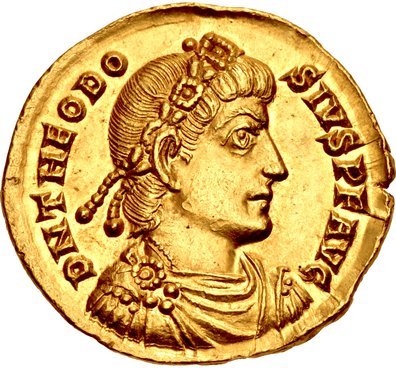
How one decree made Christianity the heart of Byzantium In 380 CE, a single decree changed the course of Western religion forever. Known as the Edict of Thessalonica, it was issued jointly by the Roman emperors Theodosius I, Gratian, and Valentinian II. With this law, Nicene Christianity—the belief in the Trinity as defined at the First […]
A Hero in Stone

The Secret Masterpiece of Bronze Age Greece In 2015, archaeologists digging near the palace of Nestor in Pylos, southwestern Greece, uncovered a grave untouched for over three thousand years. Inside lay the remains of a warrior surrounded by gold, weapons, and carved gems. Among them was a tiny stone no bigger than a thumb—the Pylos […]
Fall of Corinth
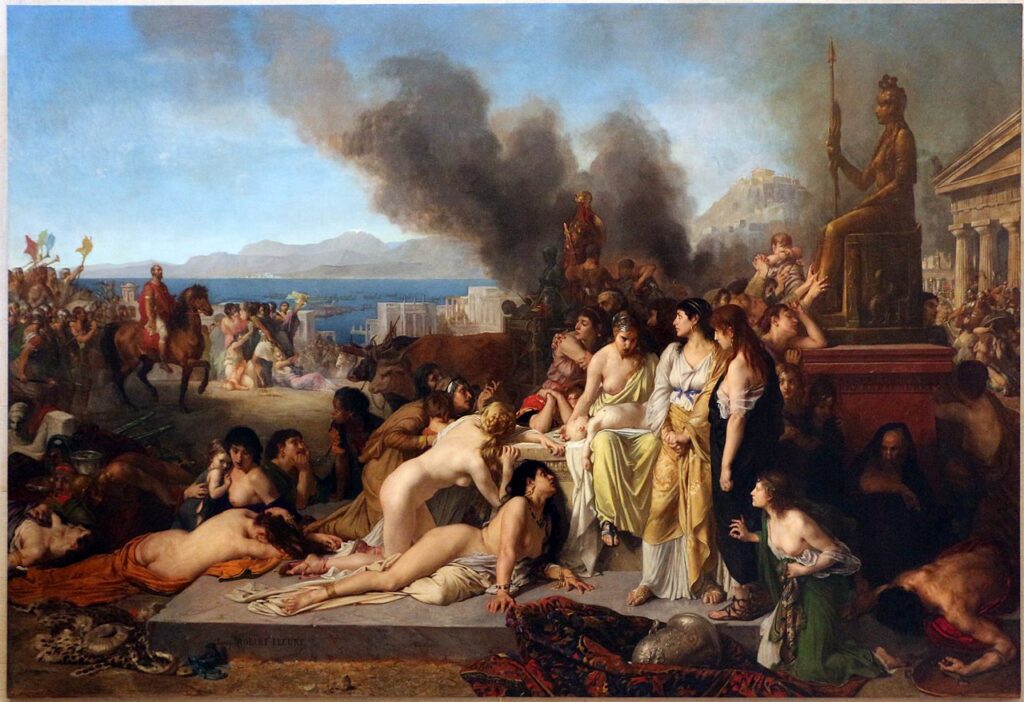
Rome’s final blow to Greek independence In 146 BC, the ancient city of Corinth became the stage for a dramatic turning point in Greek history. Tensions between Rome and the Achaean League had escalated into open war, and after the Greek defeat at the Battle of Leukopetra in Boeotia, Roman forces marched south toward Corinth. Led […]
Shifting Identities

How the portrayal of rulers changed over time In ancient Greece, Alexander the Great emerged not only as a formidable conqueror but also as a cultural icon. His portraits depicted him with clean-shaven cheeks and flowing locks, a striking departure from the bearded visage of his predecessors. This transformation in representation was more than mere […]
Before the Gods Had Temples
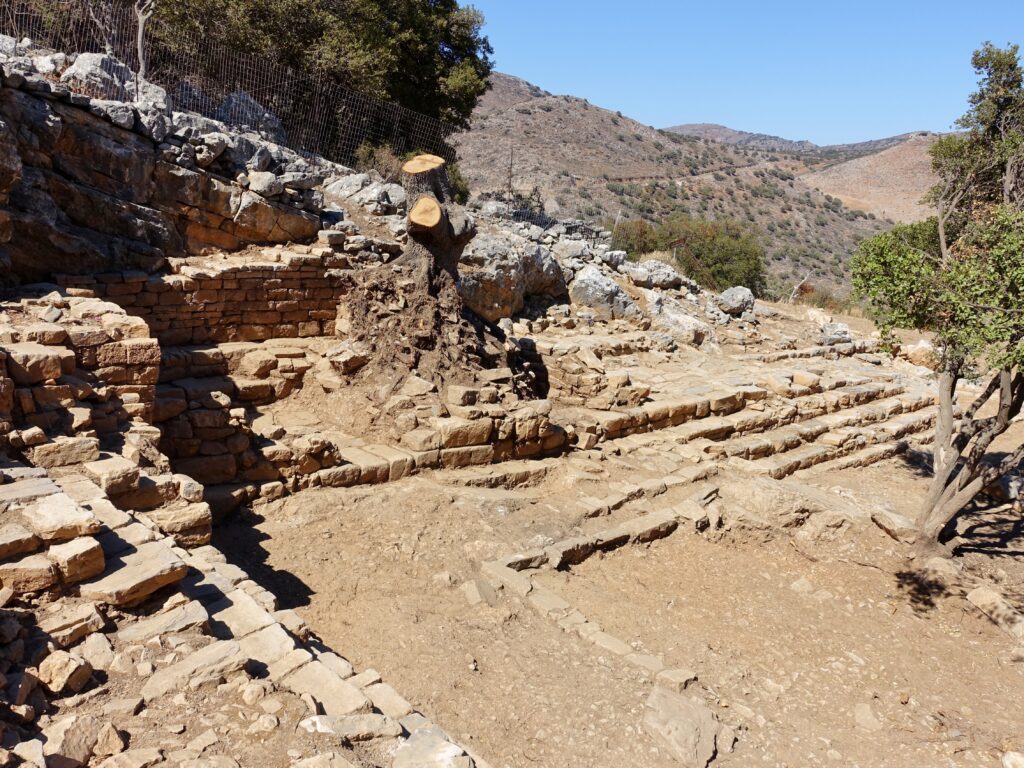
How Dark Age wooden sanctuaries shaped ancient Greek religion Long before the marble temples of the classical period, ancient Greeks worshipped their gods in modest, often perishable structures. During the so-called Dark Age, especially between the 10th and 8th centuries BC, archaeologists have identified evidence of early cult activity in sites such as Dreros (Crete), Daphne […]
Makriyialos
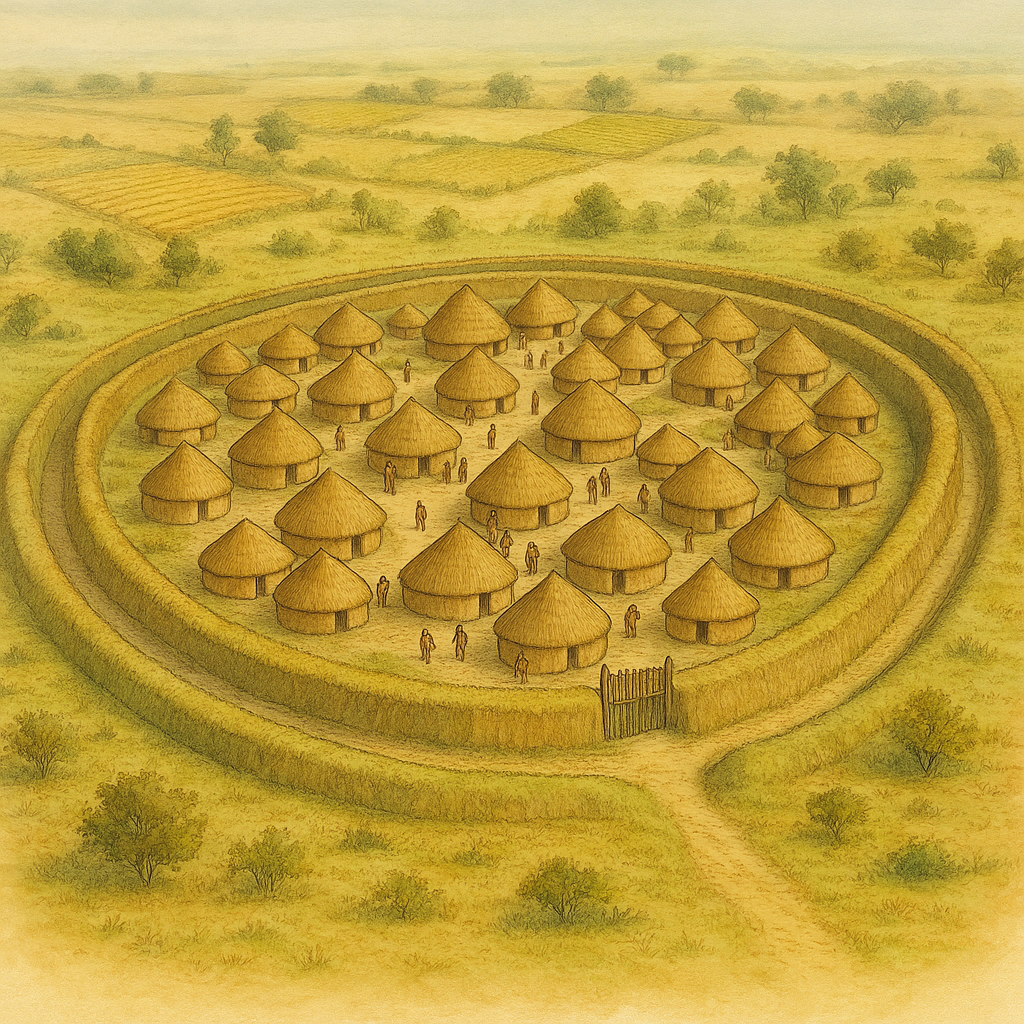
Exploring the Neolithic Settlement of Northern Greece The Neolithic site of Makriyialos, located in the region of Pieria near the Thermaic Gulf, offers a fascinating glimpse into life in Northern Greece between 5500 and 4500 BC. Far from being a simple village, Makriyialos was one of the largest known Neolithic settlements in the region, covering an […]
Oracle of the Dead

Where the living sought answers from the shadows of Hades Hidden among the hills near the ancient river Acheron in Epirus, the Necromanteion (literally, “Oracle of the Dead”) offered one of the strangest and most haunting religious experiences of the ancient Greek world. Unlike the lofty hilltop temples of Zeus or Apollo, this sanctuary invited […]
Guardians of the Mountain
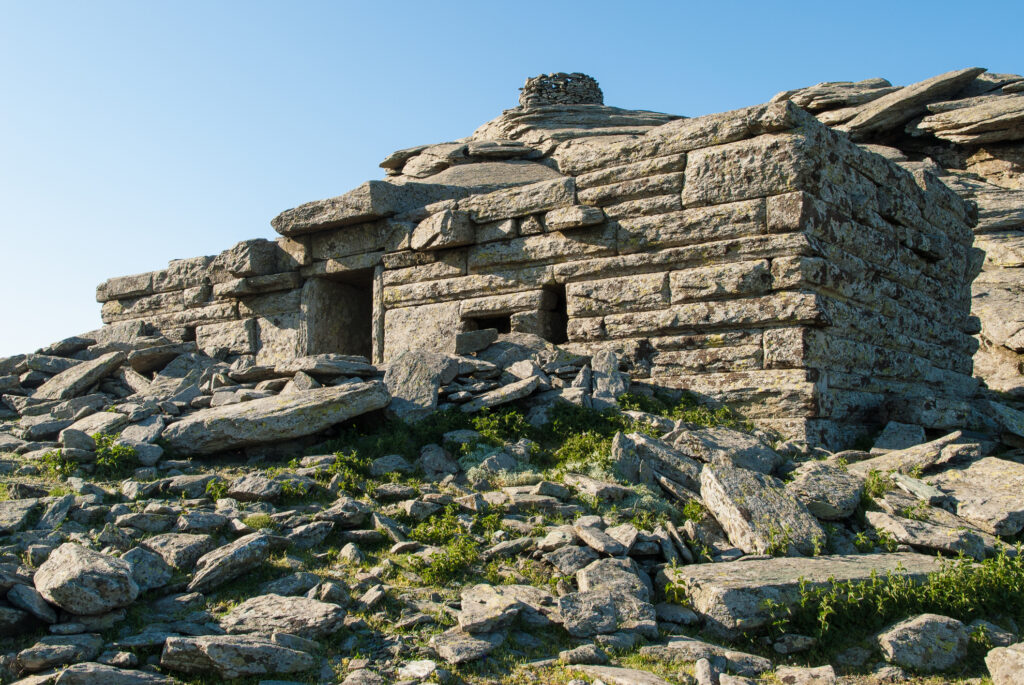
The Mystery of the Dragon Houses In southern Evia’s rugged mountains, mysterious stone structures known as drakospita, or dragon houses, have stood silent for centuries. The first dragon houses are believed to have been built as early as the 7th or 6th century BC. Discovered in 1797 by British geologist John Hawkins, these ancient edifices […]
Kallimarmaro
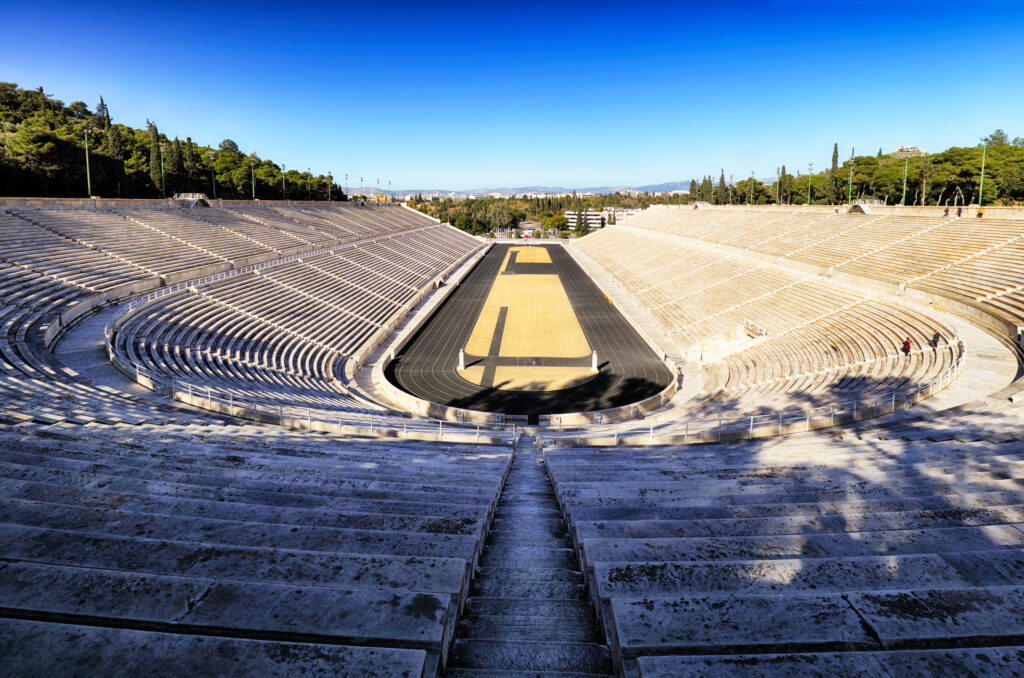
The ancient stadium that launched the modern Olympics The Panathenaic Stadium, known in Greek as Kallimarmaro (“beautiful marble”), is a unique symbol of continuity between ancient and modern Greece. Originally built in the 4th century BC to host the Panathenaic Games in honor of Athena, it was reconstructed entirely of white Pentelic marble by the Roman […]
